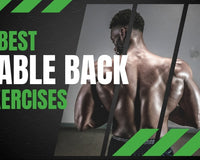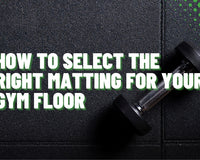Variety is an important factor when it comes to weight training and helps to prevent muscle imbalances.
One of the easiest ways to switch up your training is to vary your grip position when using a barbell or dumbbell as this has a surprisingly big effect on which muscles are being engaged.
For example, some people might hold the barbells with their knuckles facing them, known as an overhand grip, or with their knuckles facing away, known as an underhand grip.
Sure, it all seems easy enough, but there are scientific terms associated with them, mainly pronation and supination.
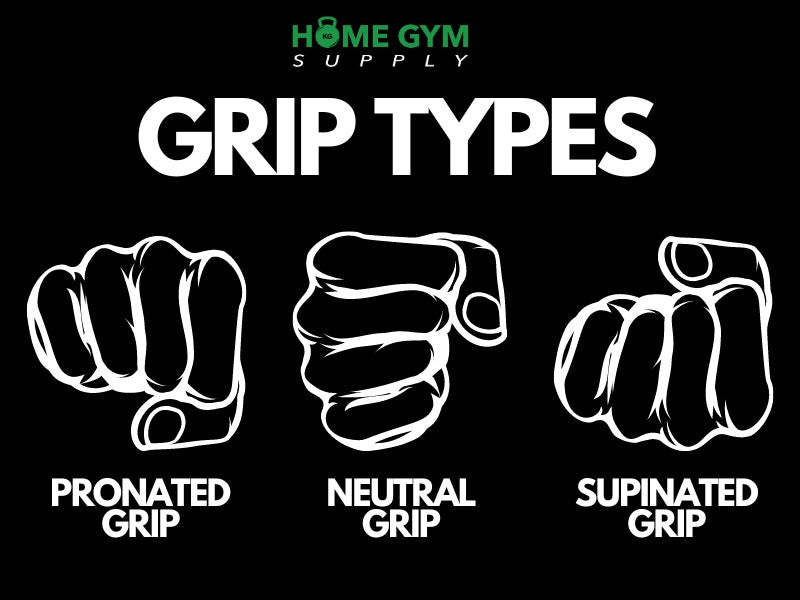
Just to be clear, a pronated grip is also known as an overhand grip, whereas a supinated grip is also known as an underhand grip.
If you're doing things like curls, you're probably going to use an underhand grip, whereas if you're pressing a barbell overhead, you're likely to use an overhand grip.
Today, we're going to figure out exactly what pronation and supination are, what their benefits and drawbacks are, when to use them, and more.
Related Post: 9 Best Forearm Dumbbell Exercises
What Is Supination?
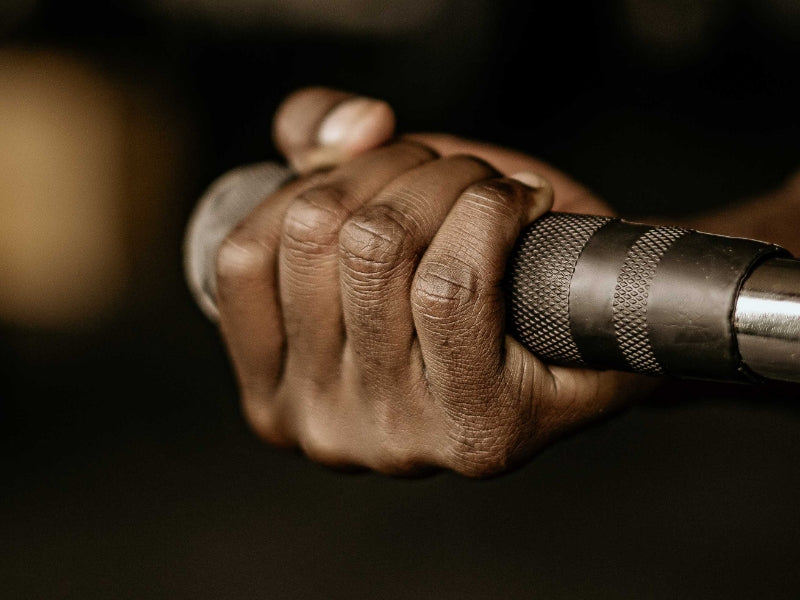
First, we have the supinated grip, also known as an underhand grip. With a supinated grip, your palms generally face upward and towards your body, with your knuckles facing downwards.
For example, think of exercises such as the reverse row or the chin-up, where your knuckles face away from you and your palms face towards you.
With a supinated grip, the forearms tend to rotate towards the body, and this puts a whole lot of emphasis on the biceps and helps you get bigger forearms. Let's move on and find out what some of the benefits of a supinated grip are.
Benefits of a Supinated Grip
There are quite a few benefits associated with supination, so let's find out exactly what they are. The fact is that having your palms facing upwards can be very beneficial for a variety of reasons.
Better Grip Strength
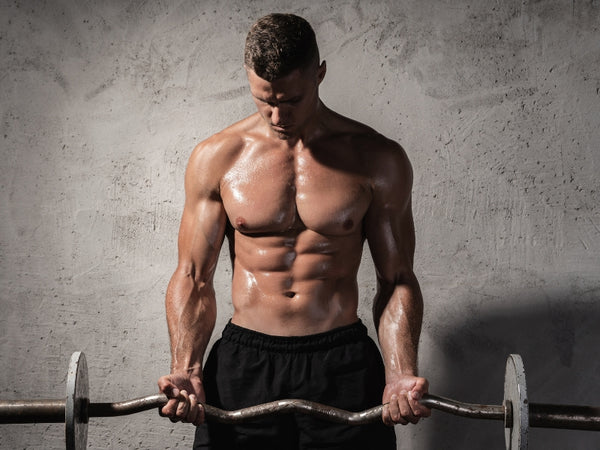
A great benefit that you get from using a supinated grip is that it helps to improve your overall grip strength. Generally speaking, it's easier to lift heavier weights when you are using a supinated grip, simply due to the way your hands are facing.
Not only does this allow you to lift more, but it also allows for a bit of extra stability. In other words, you'll probably be able to lift more weight and for more reps when using an underhand grip than when using an overhand grip.
Related: Get bigger arms with the best dumbbell bicep exercises.
Working the Biceps and Forearms
One of the biggest benefits of using a supinated grip is that it helps put more attention on your forearms and biceps, therefore activating them and allowing for more growth.
Sure, if you're doing chin-ups, pull-downs, and rowing, you should rely mostly on your back muscles, but these other ones will still be activated nonetheless.
If you're doing compound movements, but you still want to activate your forearms and biceps, then a supinated grip is ideal.
Higher Training Volume
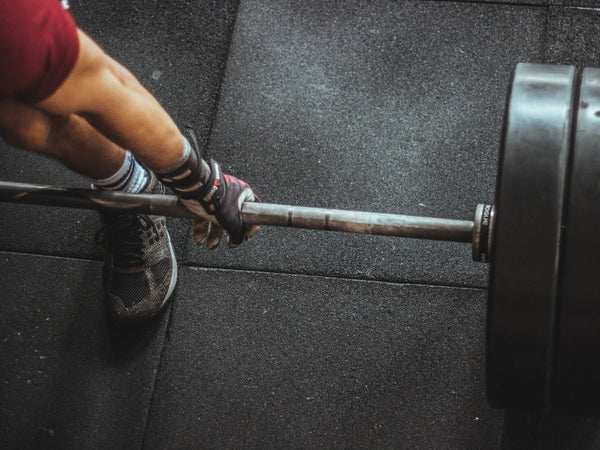
The other big benefit that you get with using a sublimated grip is that you can add more volume to your back training days.
No, cheating is not recommended during your exercises, and if you're doing back movements, it's those lats that you should really be targeting.
However, if you want to get some extra reps in and you want to activate those lats as much as possible, switching to a supinated grip can be a good idea.
This will allow you to activate your biceps more and to use them a little bit for those pulling motions, without totally taking the lats out of the equation.
Drawbacks of a Supinated Grip
Just like the supinated grip has its benefits, so does it have some drawbacks that you need to know about.
Too Much Bicep Strain
One of the most common drawbacks of a supinated grip is that it can put a whole lot of strain on your biceps.
Yes, working out your biceps is generally a good thing, but there's always such a thing as too much of a good thing.
Now, the supinated grip isn't necessarily dangerous, but it is more likely that your bicep could tear when using a supinated grip during a mixed-lift deadlift than if you were to use a pronated grip.
In some cases, using a supinated grip too much can put a lot of strain on your biceps, which may lead to injury.
Related: See our list of the best short-head bicep exercises which generally use a supinated grip.
Can’t Press
For all of the benefits that supinated grips come with, one of the biggest drawbacks you need to think about is that you can't really do bench presses or overhead presses.
While it is technically physically possible to do so, it's not ergonomically friendly, it's quite dangerous, and it's not stable at all.
You might end up dropping the bar on your head, face, or chest if you're trying to press with a supinated grip. If you do want to use a reverse grip to do any kind of benching or pressing, you'll absolutely need to have a spotter.
When to Use a Supinated Grip
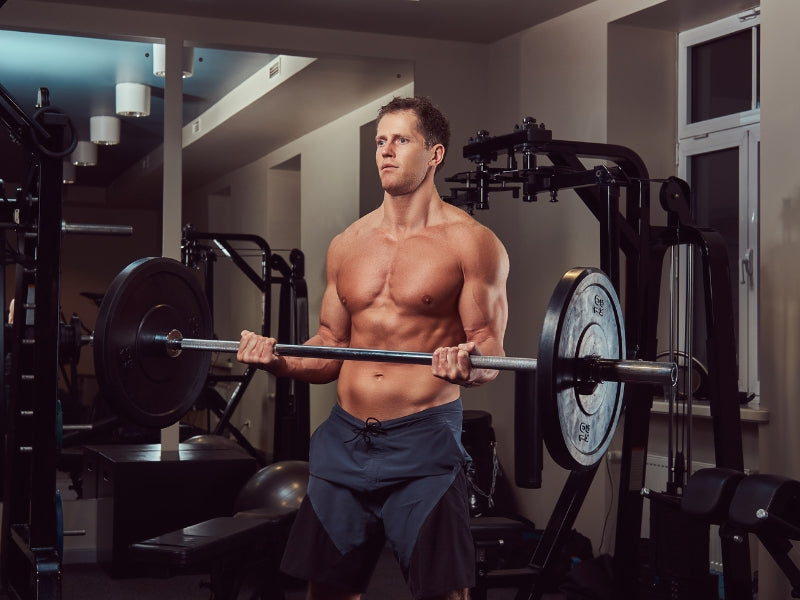
So, now that we've covered all of the basics about the supinated grip, let's find out when it's time for you to use it.
First and foremost, if you want to develop well-rounded strength across your arms and back, then the supinated grip is ideal.
Generally speaking, the first half of your workout should be done using a pronated grip, as this will comprise your essential lifts.
However, once the essential lifts are out of the way, you can do a lot of accessory work and other exercises using a supinated grip.
A great way to go about this is to do several sets of any accessory exercise, and then switch the last set to a supinated grip.
When and how to use the supinated grip is up to you, but you should use it about half the time, as this will help build well-rounded strength.
There are plenty of exercises that would usually be done with a pronated grip that can also be done with a submitted grip.
Some examples of these include the chin up, the reverse grip barbell row, the reverse grip inverted row, the reverse grip lat pull down, preacher curls, biceps curls, and reverse grip triceps pushdowns.
As you probably noticed, we didn't include any overhead or bench press exercises here, because they're just too dangerous to do with a supinated grip.
What Is Pronation?
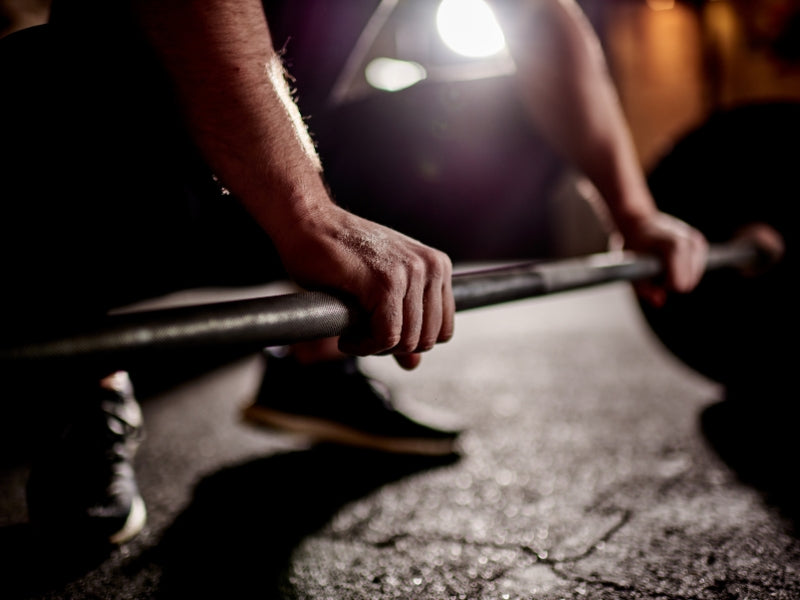
The second grip type we want to discuss today is the pronated grip. A pronated grip is also known as an overhand grip, and this means that your palms are usually facing away from you, with your knuckles facing you.
However, this isn't necessarily a rule of thumb, because depending on the exercise you do, it could mean that your palms are facing towards you.
Just think about what a clean and jerk involves, because it's not like you're going to switch your grip in the middle of an exercise.
To help do away with any confusion, think about it this way, in a pronated grip, your forearms are going to be in a neutral position.
Benefits of a Pronated Grip
Let's take a quick look at all of the different benefits that come with using a pronated grip for all of your weightlifting needs.
Weight Lifting Strength
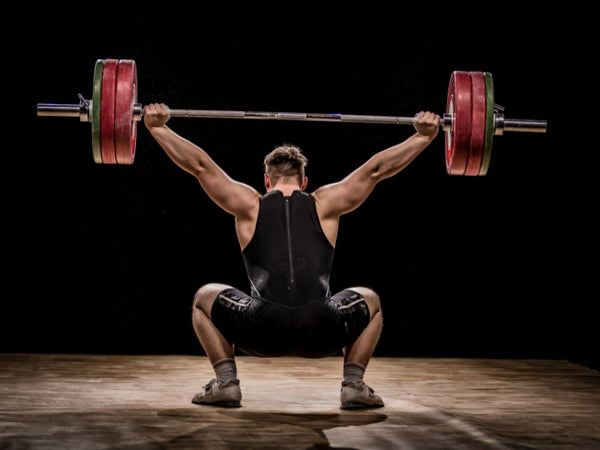
For most of the major lifts, an overhand grip is required, or in other words, a pronated grip.
The benefit of using a pronated grip for all your weightlifting endeavours is quite simply that you'll get much stronger and better at doing it, which is important if you're an avid weightlifter who needs to have good grip strength.
Whether you're doing bench presses, snatches, overhead presses, or anything else of the sort, you'll need to practice the pronated grip.
Therefore, if you're planning on weightlifting seriously, or even entering a competition, it's the number one grip you'll need to master.
Better Lat Activation
The other big benefit of using a pronated grip during weightlifting is that it helps to build a much stronger back, especially where your lats are concerned.
Doing a pronated grip during an exercise such as a lat pull-down activates the lats much more than when using a supinated grip.
The bottom line is that if you're looking to build a really wide back, and you want that triangle shape, then it's a pronated grip that you have to use.
Drawbacks of a Pronated Grip
For all of the benefits that the pronated grip comes with, there are also some drawbacks worth noting, because you can't always use this grip type.
Smaller Muscles Get Neglected
Sure, the pronated grip is fantastic if you're focusing on your back, but keep in mind that you may end up neglecting some of your smaller muscles.
The supinated grip is great for your forearms and biceps, but the same cannot be said for the pronated grip.
If you use the pronated grip too much, you may end up neglecting your biceps and forearms in favor of your lats and other such exercises.
This means that whenever possible, exercises such as these should be done with both grip types, so you can get the best out of both worlds.
Less Grip Strength
The other major drawback of the pronated grip is that you generally have less grip strength.
You have less grip strength with a pronated grip than with a supinated grip, which means that you'll be able to lift less weight.
If what you're going for are higher reps and what is most important to you is good form, then this is perfectly fine.
However, if your goal is to lift as heavy as possible, then this is not the right grip to use.
When to Use a Pronated Grip
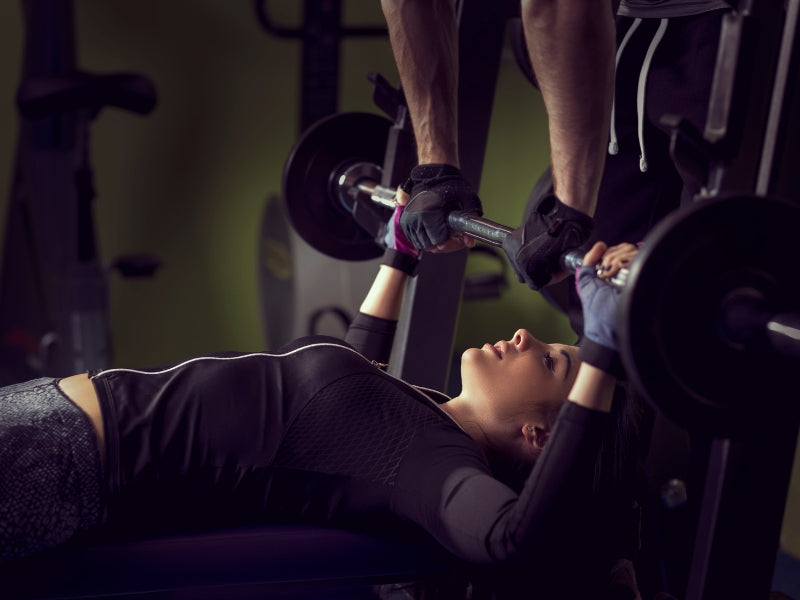
Suppose you're doing barbell exercises, whether bench presses, overhead presses, or anything else of the sort, it's a pronated grip that you'll want to use.
The simple reality is that using a supinated grip for any such exercise does not go well, and can actually be quite dangerous.
Even if you don't compete, exercises such as the deadlift, the squat, and all of the others we just mentioned require you to use a pronated grip.
As most fundamental strength exercises require pronated grips, you'll want to start your workout doing this.
You can then transition to the supinated grip later on in the workout session, but your overhand grip lifts should always come first.
Some of the best examples of pronated grip exercises include back squats, deadlifts, pull-ups, barbell rows, bench press, overhead press, reverse grip preacher curl, reverse grip bicep curl, and overhand tricep push-down.
The Neutral Grip

There is actually one more hand position or grip type that you need to be aware of, which is known as the neutral grip, and this is like the middleground between supination and pronation.
More often than not, the neutral hand grip will see your hands facing each other, with your palms facing inwards.
One of the big benefits of doing neutral grip exercises is that they tend to put less strain on your shoulders, because the position is neutral for your arms.
It's about providing your arms with a bit of an easier time with various movements.
For instance, if your shoulders always hurt when doing overhead presses or bench presses, using an EZ bar with a neutral grip might be right for you.
The neutral grip also comes with several other benefits, although we don't really have time to talk about those today.
If you want to do some neutral grip exercises, you can do dumbbell row, Swiss bar overhead press, Swiss bar bench press, trap bar deadlift, hammer curl, tricep push down, or renegade row.
The Bottom Line on Supination vs Pronation
The simple fact is that both supination and pronation are important grip types to master in the gym.
They both work out slightly different muscles, have different benefits, and when combined together, will provide you with well-rounded strength.



